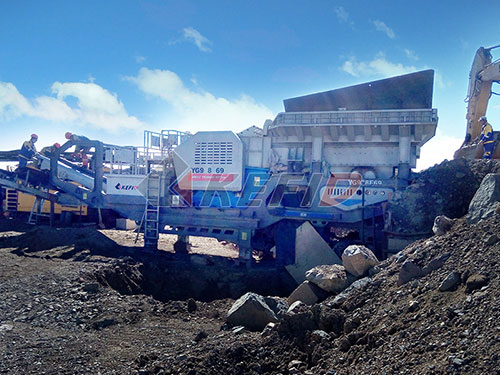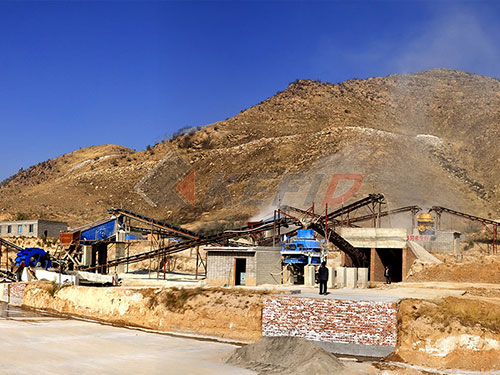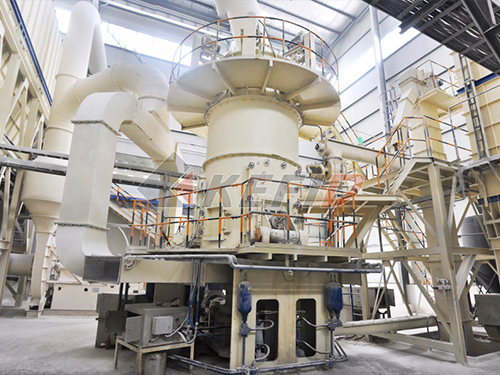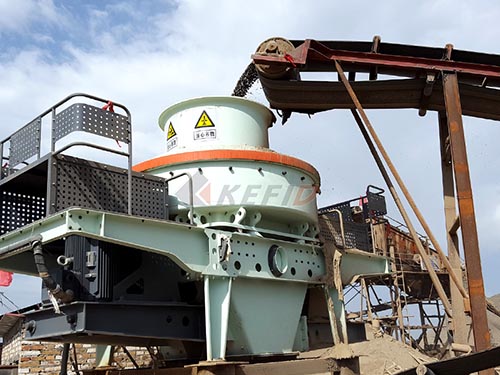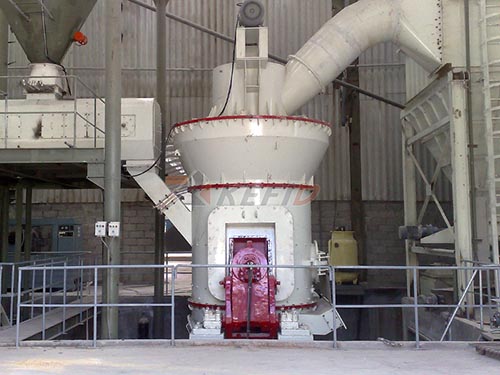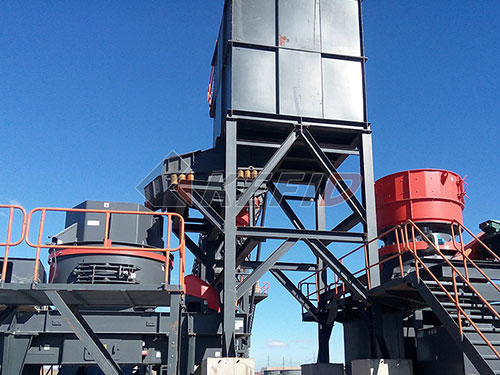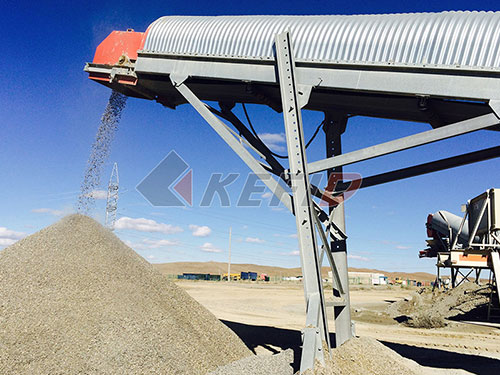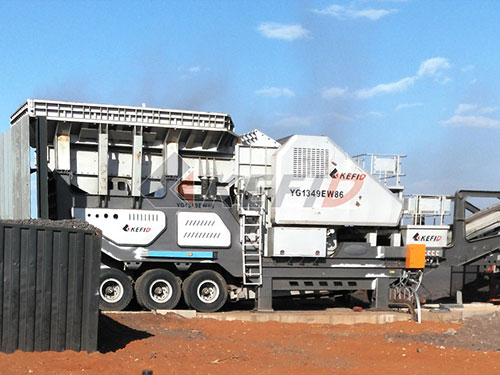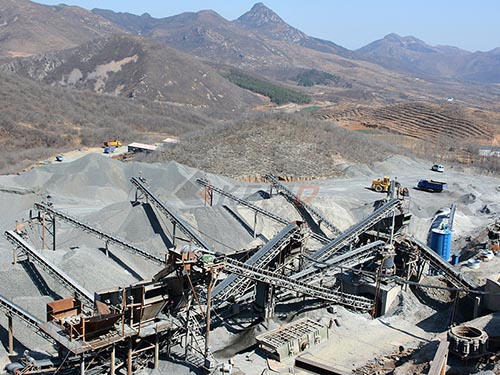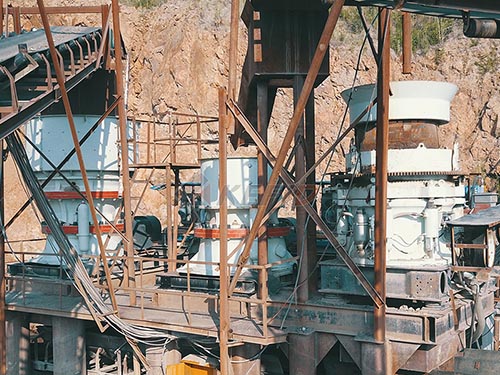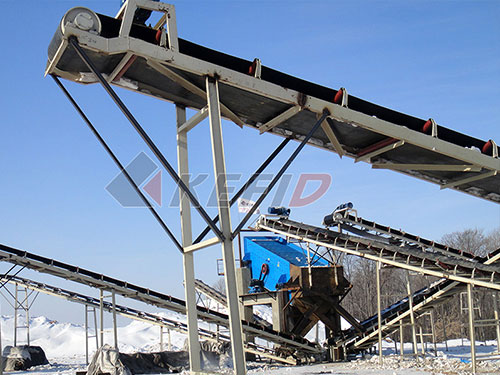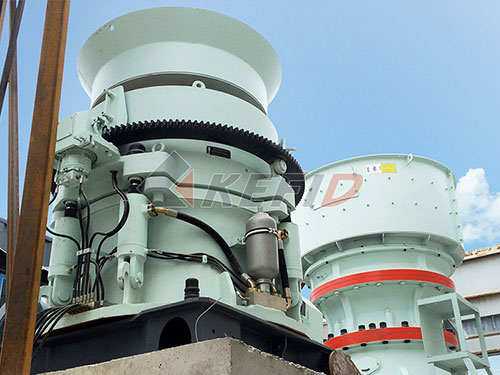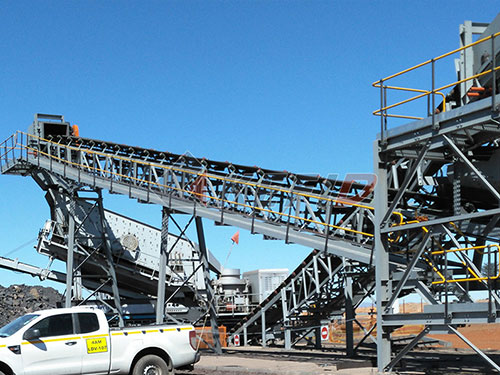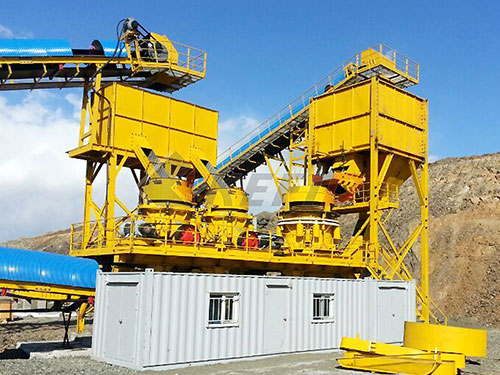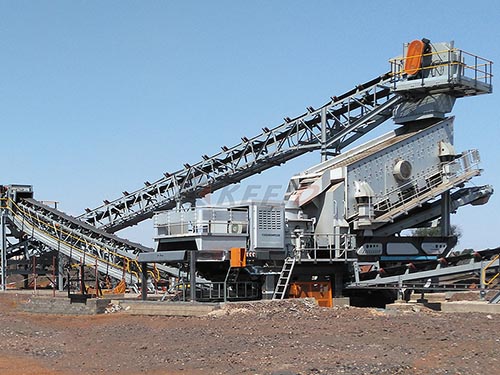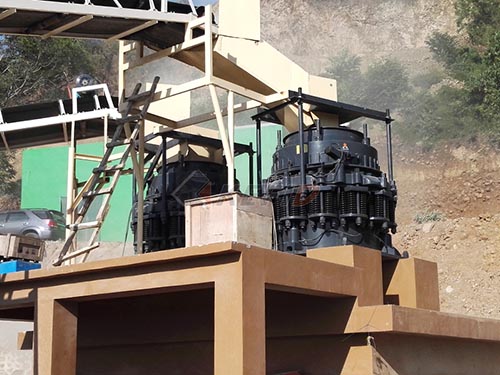The Economics of Crushing Gold Ore: Stone Crusher Machine Prices & Considerations in Zimbabwe
Zimbabwe’s rich gold deposits have long been a cornerstone of its economy, supporting both large-scale mining operations and a vast network of Artisanal and Small-Scale Gold Miners (ASGMs). Efficient extraction hinges significantly on the crucial first step: liberating the gold from its enclosing rock through crushing. Consequently, selecting the right stone crusher machine at an appropriate price point is paramount for profitability across all scales of operation within the country. This article delves into the complex landscape of stone crusher machine pricing specifically for gold ore processing in Zimbabwe, exploring factors influencing cost, popular machine types suited to local conditions, operational considerations beyond purchase price, and strategies for making sound investments.
The Imperative of Efficient Crushing in Zimbabwean Gold Mining
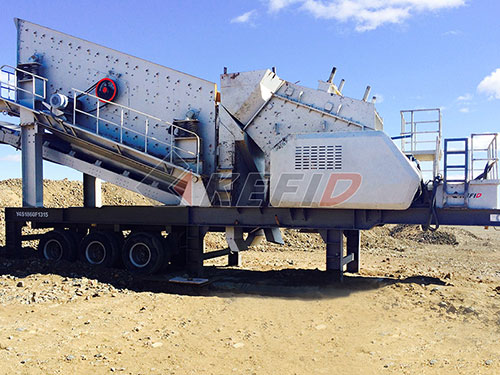
Gold mineralization in Zimbabwe varies widely – from hard quartz veins requiring significant force to break down to softer oxidized ores that are more friable. Regardless of type:
1. Liberation: Crushing reduces large rocks extracted from mines (Run-of-Mine or ROM ore) into smaller fragments. This physically liberates gold particles trapped within the host rock matrix.
2. Surface Area Increase: Smaller particles have exponentially greater surface area relative to their volume. This is critical because most subsequent processing stages (like gravity concentration using sluices/shaking tables or chemical leaching) rely on exposing the gold to reagents or physical separation forces acting on surfaces.
3. Downstream Efficiency: Properly sized feed material is essential for optimal performance of grinding mills (if used), concentrators, leach pads/CIP/CIL plants. Poorly crushed feed leads to bottlenecks, higher energy consumption in grinding (if oversized), or losses during concentration/leaching (if undersized creates slimes).
Stone Crusher Machine Types & Their Relevance to Zimbabwe
Several primary crusher types dominate the market globally; their suitability and prevalence vary within Zimbabwe based on scale, ore characteristics, mobility needs, and budget:

1. Jaw Crushers:
Mechanism: Utilizes two vertical jaws – one fixed, one moving – creating a V-shaped chamber where rock is crushed by compression.
Pros: Robust construction; relatively simple design; low maintenance costs; handles hard abrasive ores well; wide range of sizes available; good for primary crushing duty.
Cons: Less efficient at producing fine product compared to cone/impactors; output can be flaky
